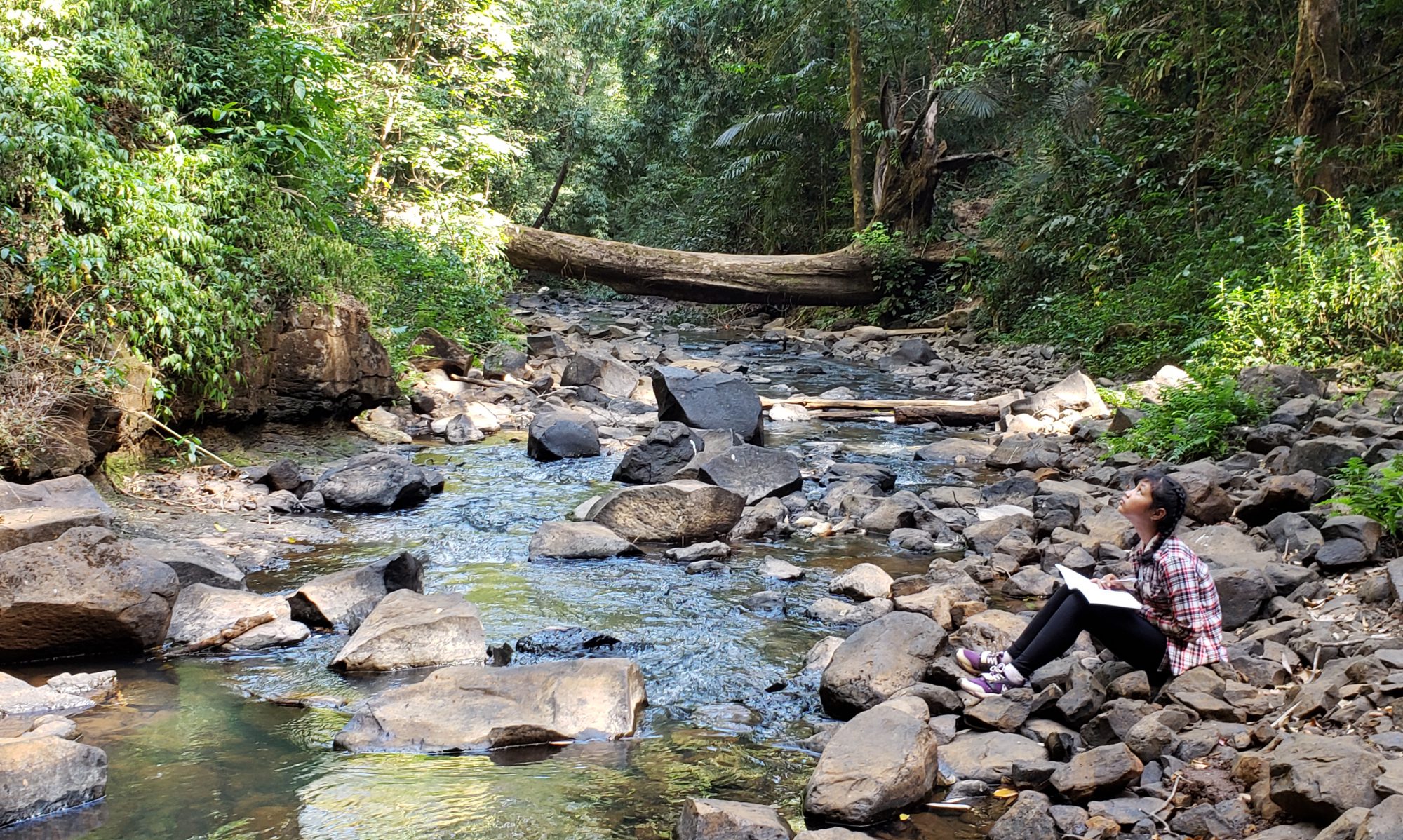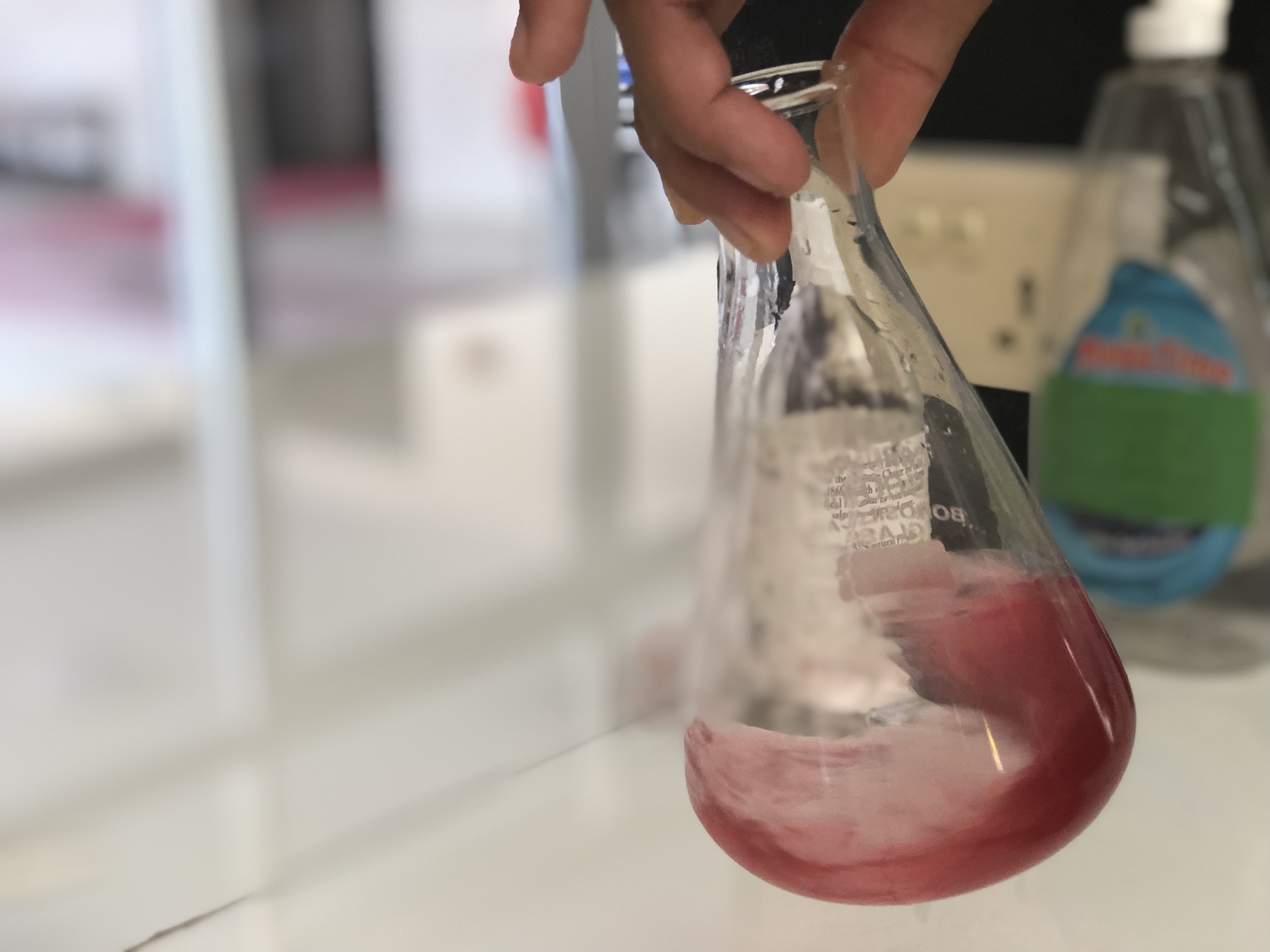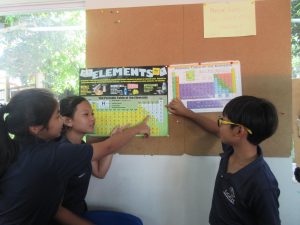This is finally our last round! As we switch the course with STEM and Technology every week, We also have 3-4 weeks together. There are also trips happening in every single moth, we consider this round as a very short and busy term. I felt very relax this round, since I could go to every single in each week ( last round, I go to Technovation instead so I missed 50% of the class hour ). classes meant a lot to me. I do not want to miss any class, but at the same time, the other project also important. Anyway, I am 100% in the class now!!. We learned about Newton’s law of motion, fluid force and simple machine. It was a little bit frustrated at first, because there any so many types of Newton law ( well, three is a lot to me…). However, guess what? We did it. In order to understand the lesson, we also did some experiment as well. As always, we would go into groups and discuss what we want to show the other classmates to understand more about what we just learn. Even Though it is hard, but in the last week of the round, we learn about simple machine. I love simple machine. Both lesson and the topic itself. I don’t why I love them, but the thing I know is I’m obsessed with it. Maybe because it helps human to work easier? Many it is useful and creative? Well, in any reason I still like it. We also did some product for showcasing how would simple machine work. So, I did something with the Pulley. There are the steps that we did:
- Find a grave wheel
- Three long sticks
- 2 meters of string
- Connect the stick with the wheel, making sure it still can rotate and good for hanging somewhere
- Put the string on the wheel.
- And… there you go!
If you are interested in STEM projects, you can read more about my another project that I’ve been working on this year here:
https://www.instructables.com/member/Liger%20STEMgineering/instructables/




